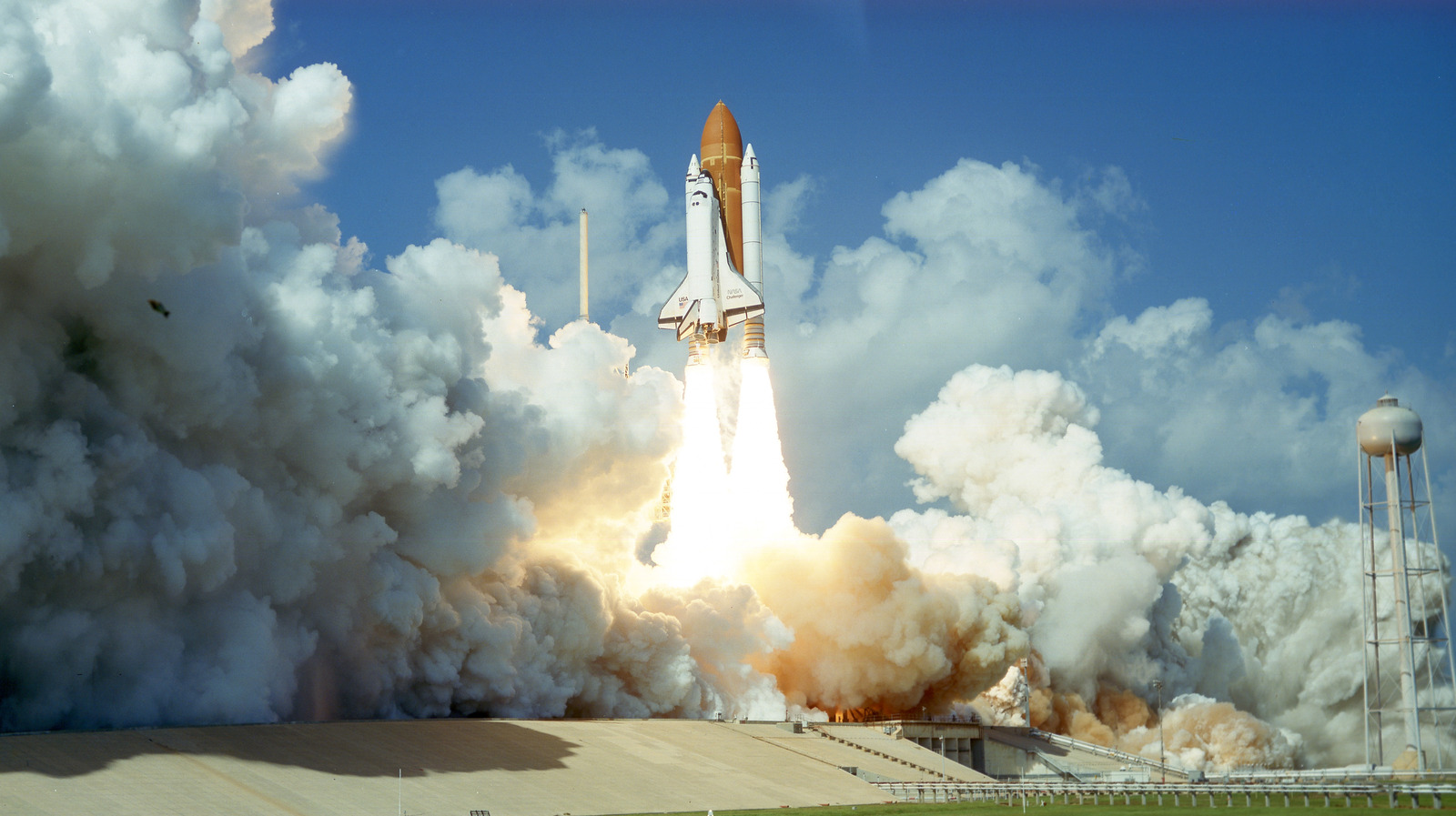

space shuttle orbiter Challenger, shortly after its launch from Cape Canaveral, Florida, on January 28, 1986, which claimed the lives of seven astronauts. The families of the six other astronauts had been advised earlier that remains had been identified, or that they would be released for burial later this month or in May. Challenger disaster, explosion of the U.S. Jarvis, a mission specialist on the shuttle, that his remains had been positively identified. Also this week, NASA notified the family of Gregory B. On Tuesday, a coffin-like container was taken from a salvage ship and placed in the back of a military ambulance. This week, Evan Chung tells the story of the American teachers who competed for an unprecedented prize: a spot on the January 1986 launch of the Space Shuttle Challenger. Federal investigators studying the wreckage believe the crew compartment fell intact nearly nine miles to the surface of the sea, where it shattered on impact.ĭespite NASA's silence on the subject, the unloading of containers from salvage vessels into ambulances, at times in the presence of military honor guards, has been seen at Port Canaveral since the crew cabin was first discovered.īut finding remains of all seven astronauts apparently eluded searchers until this week. They said the astronauts' remains were crushed inside the debris and could not be recognized as human. Preserver, the salvage ship that recovered most of the wreckage, said earlier this week that the compartment was little more than a pile of rubble on the ocean floor, 8 feet high and 50 feet across. The badly shattered wreckage of the crew compartment, a pressurized vessel that sits within the front section of the shuttle's orbiter, was discovered March 7.

The cost of the operation so far is estimated to exceed $10 million, according to various estimates. Over the last 12 weeks, it has involved more than 25 Navy, Coast Guard and private vessels, and an estimated 2,000 crewmen and other military and contractor personnel. The Challenger disaster occurred on the 28th January of 1986, when the NASA Space Shuttle orbiter Challenger broke apart and disintegrated at 73 seconds into. The casing, which includes a burned-out area 15 inches high and 28 inches wide, is being analyzed by NASA engineers. Last week, teams recovered a 4,000-pound piece of the right booster rocket casing that included the joint that investigators believe ruptured and led to the explosion. Salvage operations for other portions of the shuttle were continuing off the Florida coast today. 28, shortly after it lifted off from Kennedy Space Center. Since then, officials have refused to discuss the recovery of the crew compartment or the remains of the crew, saying they were doing so out of deference to the families of the astronauts killed when the Challenger exploded Jan. The agency announced nearly six weeks ago that the crew compartment had been located by divers investigating sonar contacts. The announcement marked the first official acknowledgement by NASA that human remains of the astronauts had been recovered from the wreckage. Space agency officials here refused to elaborate on when the remains might be released.


 0 kommentar(er)
0 kommentar(er)
